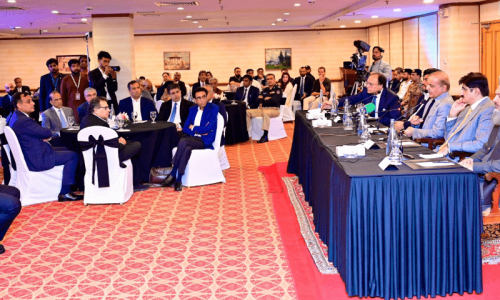NEW DELHI July 11: India’s military scientists on Thursday said they have developed safeguards against nuclear, biological and chemical attacks but asserted they have not violated any international convention during their experiments.
The experts, tinkering with nuclear isotopes and substances used in germ warfare, also revealed that the Indian army is to train sections of its 1.3-million-strong combat formations in methods of withstanding a nuclear attack.
“We have tested some biological and chemical agents,” said R.V. Swamy, chief controller of India’s Defence Research and Development Organization (DRDO), an umbrella organization for 51 military laboratories.
“We do not produce biological weapons but in order to produce safeguards against them we need substances in small amounts and no convention stops us from doing that,” Swamy, India’s chief military scientist, told a news conference.
India in 1992 signed the Chemical Weapons Convention and ratified it in 1996, becoming the 62nd nation to do so.
The accord gives New Delhi protection against the publication of details of its armoury of chemical weapons.
DRDO chief Swamy, flanked by his top scientists, also said defence researchers had developed a series of 26 items to help the army detect and respond to either a nuclear blast or an attack with chemical or germ weapons.
Swamy said the DRDO had transferred technology for the strategic package, which includes a mobile nuclear shelter that could house 30 personnel for up to four days, to the private sector for mass production for the Indian army.
“Many of these items are under production and have been already introduced in the army, which is doing training in nuclear warfare now,” the scientist said.
Scientist Swamy and his colleague, M.P. Chachirkar, told the briefing that sensors developed by the DRDO would pick up signals of a nuclear strike within seconds and give time enough for ground forces to respond.
“The sensors work within seconds because in two minutes after a (nuclear) blast everything is lost,” said Chachirkar, architect of the sensors.
The scientists, however, said the DRDO-built nuclear shelters will not survive if they are at “ground zero” of the blast.
They also said such shelters, which are fitted with anti-radiation devices and filters, can be mass produced for civilian use or installed at the seat of the government in New Delhi if required.— AFP














































Dear visitor, the comments section is undergoing an overhaul and will return soon.